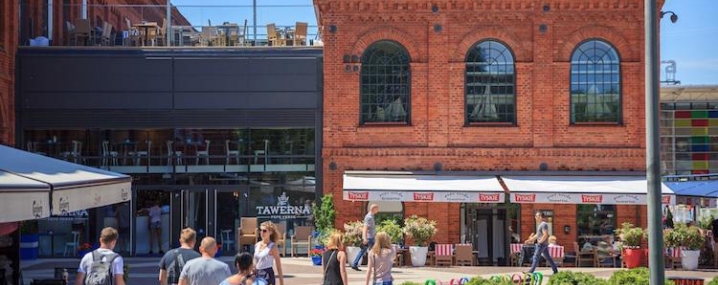Bayonne
The historical centre of Bayonne has to deal with a lot of urban pathologies, due to the very hight density of the urban fabric, the age and the fragility of the buildings. This specificity has engendered a loss of interest and an important population decrease between 1960 and 1990. The number of inhabitants fell under 5 000 in 1990 (the lowest level Bayonne has met). In consequences, the buildings have been totally or partialy disused, stayed unmaintained and fallen into an important decay.
In addition to the decay phenomenon, the structure of the ancient buildings make them inadequate for the modern way of life and disqualified for social expectation (shortage of light and air, tightness of the buildings, fire risks, noise pollution, uncomfort...).
The challenge is to permit necessary evolutions respecting architectural qualities and environmental stakes.
The environmental stakes is to improve the energy efficiency of the ancient building.
The traditional skills in the field of traditional building materials and techniques are at risk of being progressively lost. They should be strengthened through a rational use of them in the restoration of ancient buildings, if financial solutions are implemented for that. High tech may also be a solution in certain cases, but they have to be implemented with caution.
SOME RELATED NETWORKS
LINKS
Article
Bayonne: Restoring Buildings and Citizen Participation with URBACT
News



